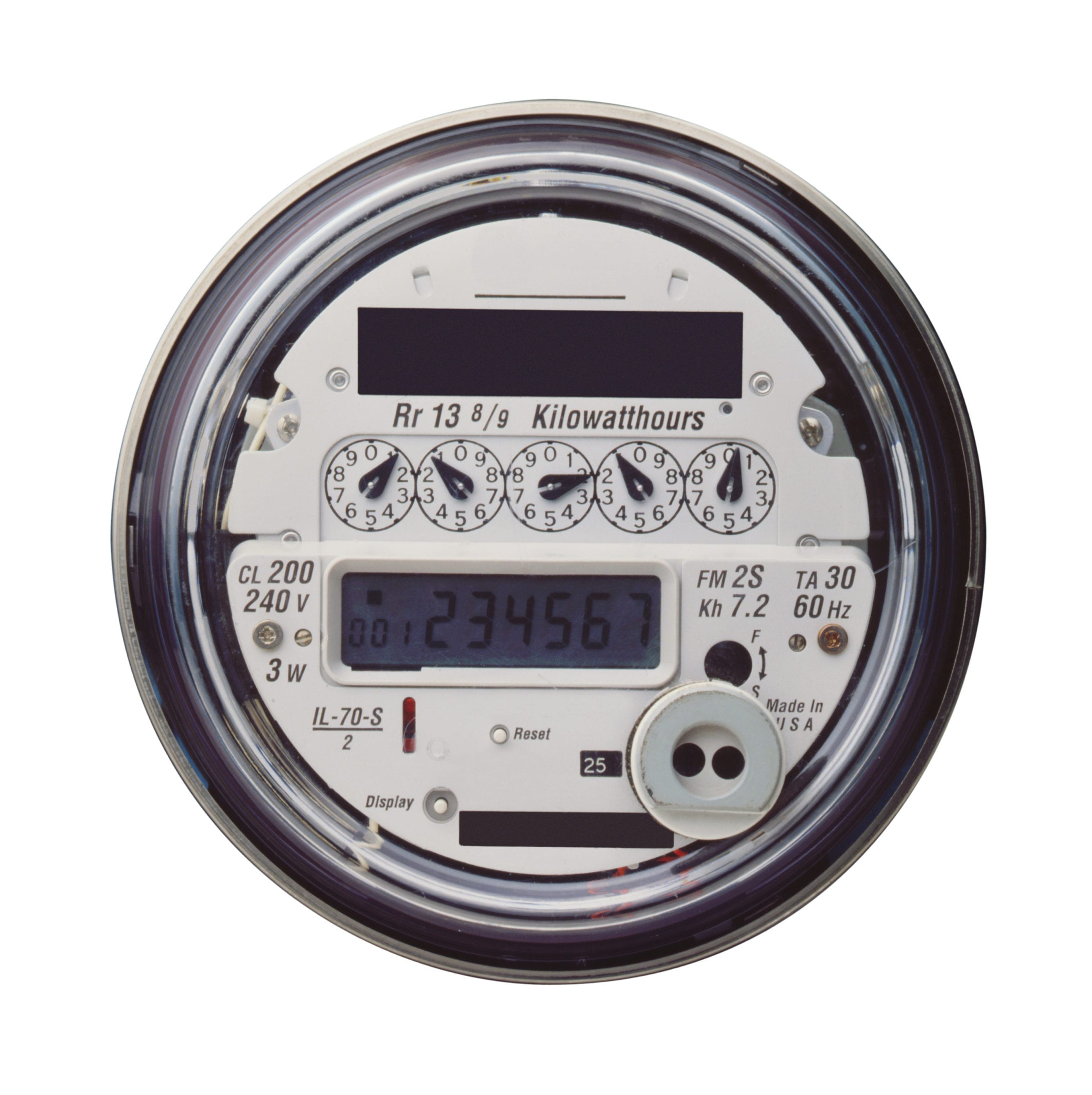
There are plenty of good reasons why people are becoming more informed when it comes to energy usage in and around their homes. As Denver electricians, we’ve seen that, more than ever before, there is a wide range of different solutions when it comes to powering residential areas using both conventional methods and more modern technology. For homeowners who have taken the initiative to install solar panels, Denver has seen a need to expand our city’s understanding of the residential electricity usage. The first place to start is with learning how to read your home’s electric meter. Depending on a number of different factors, such as where you live and the age of your home, this process can be different. But let’s begin by taking a look at the basics of reading a meter.
What Your Home Electric Meter Looks Like
Pretty much everyone who has walked around the outside of a home knows what an electric meter or a dial meter looks like, even if they have never read one. Your meter is a small circle with a glass or plastic case, located near the main electrical connections on the outside of your house. There are plenty of different types of meters depending on your source of electricity and power company, but in general, there are going to be a series of dials inside of the meter.
How it Works
On conventional meters, these dials are what actually measure the power being consumed by your home. When power is drawn from the main power lines to run lights and heating systems, it passes through your meter first. That flow is recorded by the dials on your meter, or by digital displays in some cases. This energy is most commonly measured in kilowatts per hour, giving you information about how many kilowatts of energy your home uses in a given period of time.
How to Get a Reading on Your Home Electric Meter
To get a reading from your meter, look at the numbered dials and hands that display each reading like the hands of a clock (make sure to pay attention to which way the numbers run, as some may be counterclockwise). Take a reading from each dial, and in cases when the hand is between two numbers, always use the lower number. The only exception to this rule is when a hand is turning over from 0 to 9, in which case you would use 9. Also, remember that the dials are connected. If the dial all the way to the left has one hand firmly on 4, but the dial immediately to the right has not passed 0, then 4 has not been reached yet. The total reading is the complete kilowatt usage of your home since the last time your meter was reset.
Your Denver Electrician can Help
When you learn to read your home electric meter, tracking the energy usage of your home becomes just as easy as reading the odometer on your car. By measuring the total kilowatt-hours at a designated time each month, you can easily keep track of power consumption. This is a great way to avoid getting overcharged on your electric bill and is also important for tracking home energy solutions to see what is working for you. We hope this will help you track and save this month!
